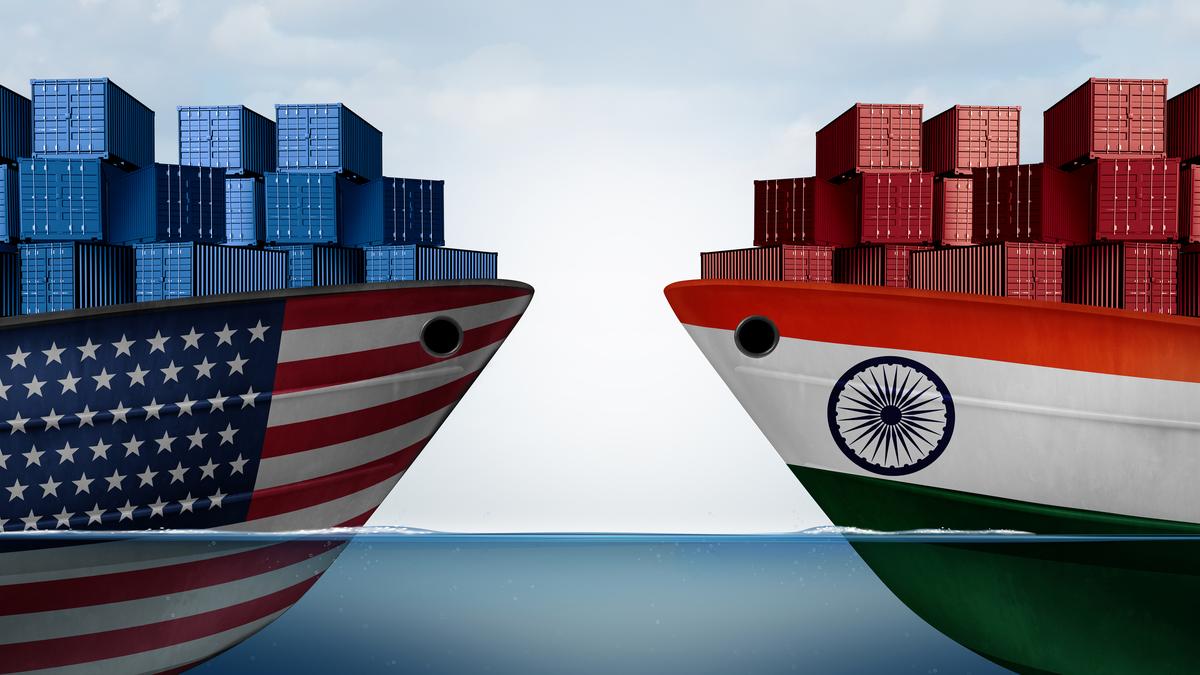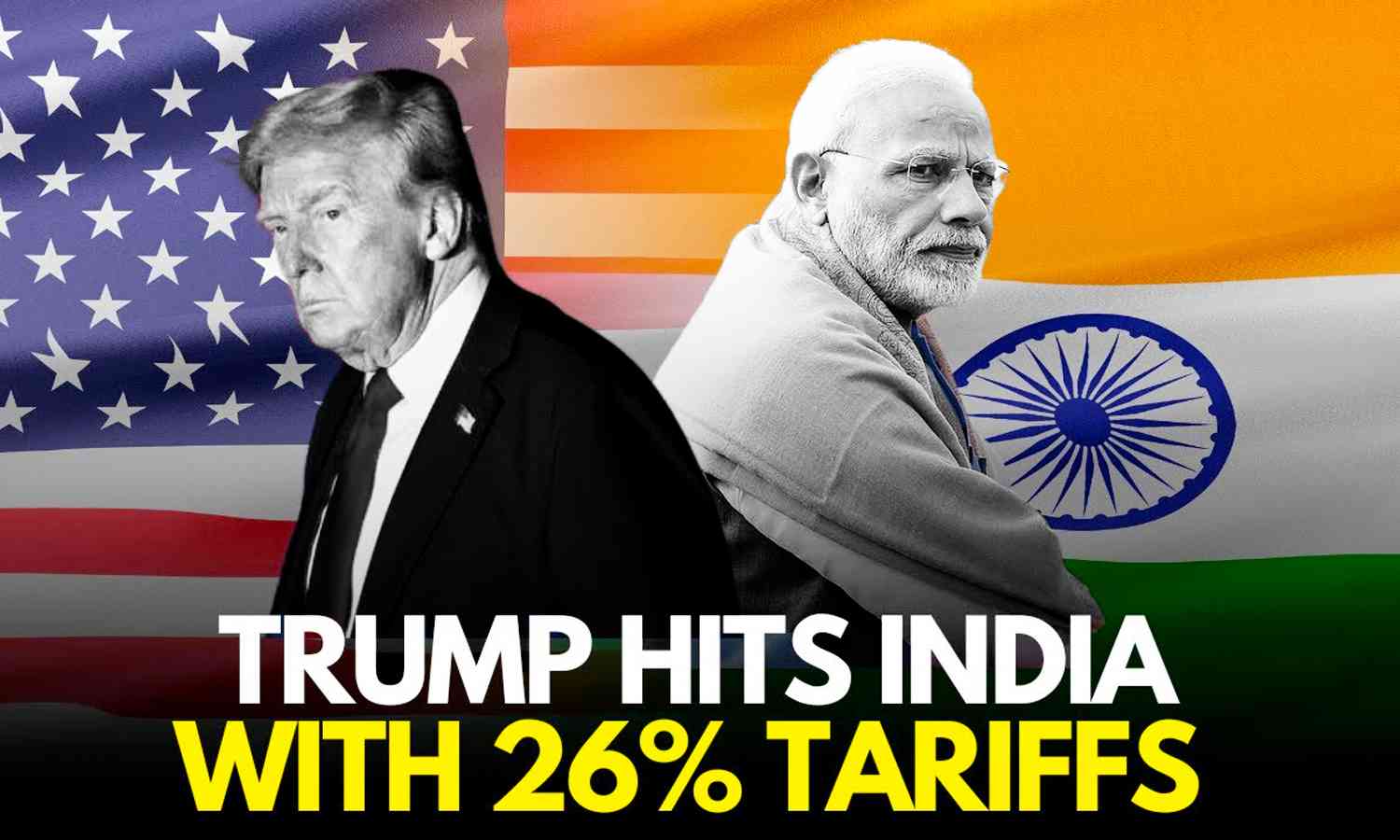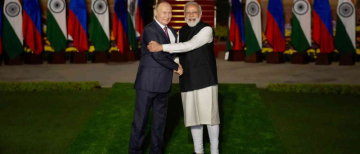In an unexpected move, former US President Donald Trump recently announced a 26 per cent "discounted reciprocal tariff" on India. This decision, aimed at addressing what he perceives as disproportionate tariffs imposed by India on American goods, has raised fresh concerns about the future of Indo-US trade relations.

Trump justified the decision by claiming that countries such as India have been charging excessive duties on American imports. Holding up a chart during his announcement, he highlighted the tariffs imposed by India, China, the UK, and the European Union, while outlining the reciprocal measures now to be implemented by the United States. According to Trump, India’s overall tariffs, including aspects such as currency manipulation and trade barriers, amounted to a staggering 56 per cent. The new 26 per cent levy, he argued, was only a "discounted reciprocal tariff" meant to address these imbalances.
India’s apex exporters’ body, the Federation of Indian Export Organisations (FIEO), has expressed concern about the decision’s impact on domestic industries. Ajay Sahai, Director General and CEO of FIEO, acknowledged that the tariffs would affect Indian exporters but maintained that India was still better positioned than many other countries facing similar measures. "We have to assess the impact, but looking at the reciprocal tariffs imposed on other countries, we are in a lower band," Sahai told PTI. "We are much better placed compared to our key competitors such as Vietnam, China, Indonesia, and Myanmar."

Sahai expressed optimism that the ongoing bilateral trade agreement (BTA) negotiations between India and the US would reach a successful conclusion soon, providing relief from these tariffs. It remains to be seen whether these discussions can offer a meaningful solution, especially as the US continues to be India’s largest trading partner. Between 2021-22 and 2023-24, the US accounted for around 18 per cent of India’s total goods exports and approximately 10.73 per cent of bilateral trade.
India enjoys a trade surplus with the US, amounting to USD 35.32 billion in goods during 2023-24. This surplus has been on a steady upward trajectory over the years, from USD 17.26 billion in 2019-20 to USD 32.85 billion in 2021-22. India's major exports to the US include pharmaceuticals, telecom instruments, precious stones, petroleum products, and textiles. In contrast, key imports from the US consist of crude oil, petroleum products, coal, diamonds, and machinery.

Trump’s decision, though framed as a measure to address trade disparities, may complicate relations between the two nations, especially as India continues to expand its exports to the American market. The Indian government’s response to these tariffs, and its ability to successfully negotiate a favourable trade agreement, will be crucial in determining the future trajectory of Indo-US economic ties.
Ultimately, while India may be "better placed" than some of its competitors, as Sahai asserts, the broader impact of these tariffs cannot be ignored. The move could prompt India to rethink its trade policies and strategies, particularly in sectors heavily reliant on exports to the United States. As negotiations continue, all eyes will be on New Delhi’s response to this significant challenge. The real question now is whether the current administration can leverage its negotiations to secure more equitable terms for Indian exporters. Until then, the 26 per cent tariff remains a stark reminder of the complexities involved in maintaining a balanced and mutually beneficial trade relationship between two of the world’s largest economies.
With inputs from agencies
Image Source: Multiple agencies
© Copyright 2025. All Rights Reserved Powered by Vygr Media.
























